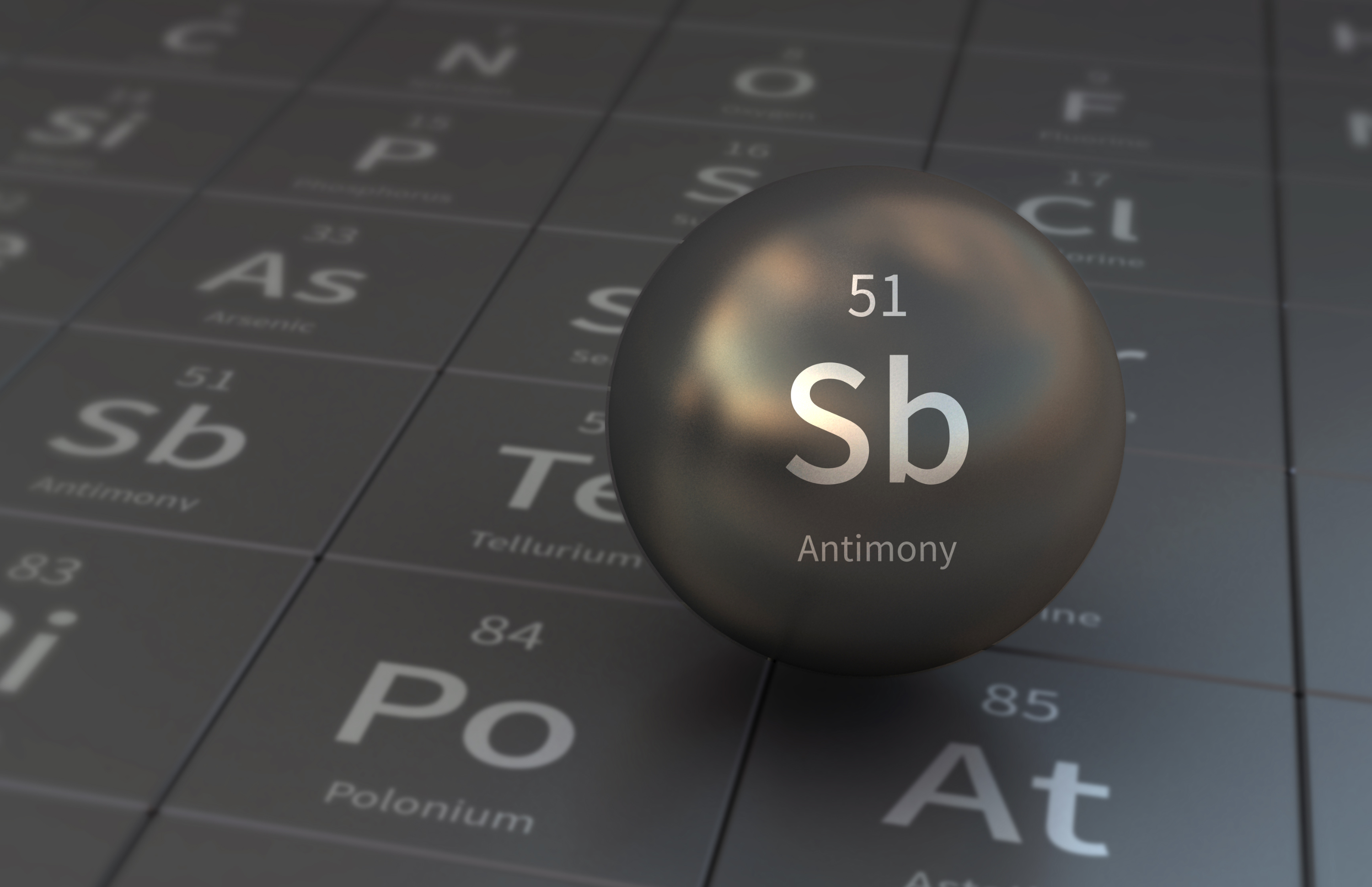Antimony – the US responds to high prices
Opinion Pieces

6
Jan
2025
Antimony – the US responds to high prices
Antimony prices in December 2024 were up around 250% y-o-y in Europe and the USA, diverging from domestic China prices (over 70% y-o-y) in the wake of export restrictions announced in China.
China’s Ministry of Commerce (MOFCOM) put its first export controls on a variety of antimony forms into effect on 15 September. In early December, China escalated its export control to a ban. China is not a significant exporter of ores, with the country itself critically reliant on imports. Similarly, China no longer exports large volumes of ingot, with nearly all supply consumed domestically. In contrast, antimony trioxide (ATO) exports from China remain significant, especially to the USA – China’s largest ATO trade partner.
In the USA, only one small smelter remains in Montana, the Thompson Falls plant owned and operated by the United States Antimony Corporation (USAC). Back in March, USAC announced the closure of its antimony mines and Madero plant in Mexico, citing ongoing operational losses and making the US operation reliant on third-party feedstock. However, as of December, the company is looking to restart the Mexican Madero smelter but with concentrate supply secured from Thailand and Australia, where miners are hoping to secure higher antimony payabilities for the US market. In Idaho, Perpetua Resources announced a Memorandum of Understanding with Sunshine Silver Mining & Refining Company (SSMRC), to process domestic antimony concentrates from the Stibnite project at the SSMRC silver plant. The USA will need to replace 10-15ktpy of antimony trioxide with Chinese supply taken off the market.
Domestic demand in China eased off at the end of last year, adding some reprieve to Chinese antimony prices, but demand from the solar PV industry is expected to continue to add new upside to antimony demand. Prices outside of China will likely continue to trade at a premium, but with limited available supply chains in place to buy concentrate, the fundamentals of the Chinese market will likely continue to govern the long-term outlook for the metal and its feedstock.